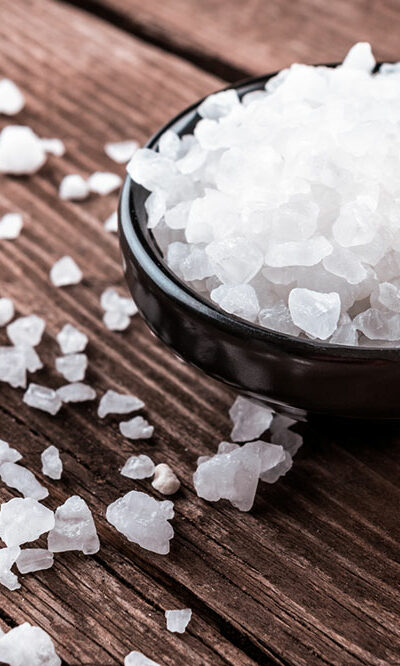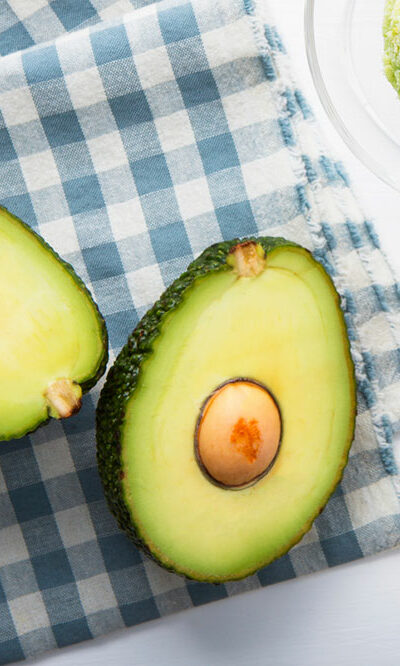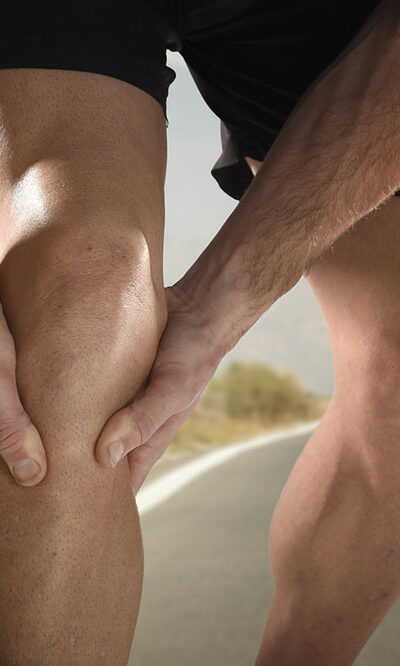7 ways to manage psoriatic arthritis

Psoriatic arthritis is a chronic inflammatory disorder that occurs when the body’s immune system attacks itself. This autoimmune condition causes one’s joints and ligaments to swell, leading to pain and stiffness. A recent study found that over 25 percent of psoriatic arthritis patients who displayed fibromyalgia-like symptoms also experienced chronic fatigue. If left untreated, the condition may hamper one’s daily activities. Here are some ways to manage flare-ups and reduce the impact of psoriatic arthritis.
Symptoms of psoriatic arthritis
Psoriatic arthritis causes episodic flare-ups that may fluctuate between mild to severe. Apart from inflammation throughout the body, including the fingertips and spine, one may also find red scaly patches on one’s skin. Individuals may experience foot pain, lower back pain, loss of energy, sleeplessness, or weight-related issues and have trouble concentrating. In some cases, the condition may form tiny dents on one’s nails or lead to blurry vision. Psoriatic arthritis has no known cure. The goal of the treatment is to manage its symptoms and stop further deterioration of the joints and ligaments.
7 ways to deal with psoriasis arthritis
Exercise regularly
Physical activity can help to lessen pain and stiffness. Yoga, stretching, swimming, walking, or any low-impact guided workouts can help one to manage the disease symptoms without causing joint damage. Regular exercise also helps boost one’s energy levels, improve sleep quality, heart health, and flexibility. Upon the doctor’s recommendation, one can use a cane, back belt, or other support equipment to protect one’s joints during exercise.
Eat healthy food
One is advised to eat plenty of anti-inflammatory and antioxidant foods like fruits and vegetables, oats, dark chocolate, and lean protein. Eating foods rich in refined sugar, fat, and oil can lower one’s energy level and worsen joint discomfort. Another crucial factor in managing flare-ups and easing the symptoms is staying hydrated. In addition to water, one can include other fluids in their meals, such as juices, soups, and smoothies.
Schedule rest and sleep
One can follow a routine sleep and wake-up schedule to allow the body to heal and relax. Bathing with warm water and epsom salt, avoiding phone screens an hour before bedtime, and eating lighter dinners can dramatically improve one’s sleep quality and manage fatigue. One can also schedule downtime or naps to maintain one’s energy levels during the day.
Check vitamin D and iron levels
Low vitamin D levels and iron deficiency can lead to bone abnormalities and weakened muscles. Iron supplies oxygen to cells and the lack of it can lead to exhaustion and anemia. Those suffering from psoriatic arthritis can get one’s vitamin D, and iron levels checked and take appropriate oral treatments for the same.
Manage stress
Stress can aggravate psoriatic arthritis symptoms. It can be managed with light exercise, meditation, journaling, or seeking help from family and friends. One can also take tests to identify any mental disorders like anxiety or depression, which may be an underlying cause of stress.
Use a mobility device
Chronic arthritis hampers mobility. To avoid further damage to one’s joints, one can use mobility devices like a two-wheeler or a walker.
Seek professional help to identify triggers
Psoriatic arthritis can be triggered by one or a combination of different factors like a polluted environment, nutrition deficiencies, physical exertion, high-stress levels, or bad sleeping and food habits. One can enlist help from health professionals to identify one’s triggers and get an appropriate treatment plan for the same. Based on the triggers, the treatment may range from recommended lifestyle changes, counseling or therapies.







